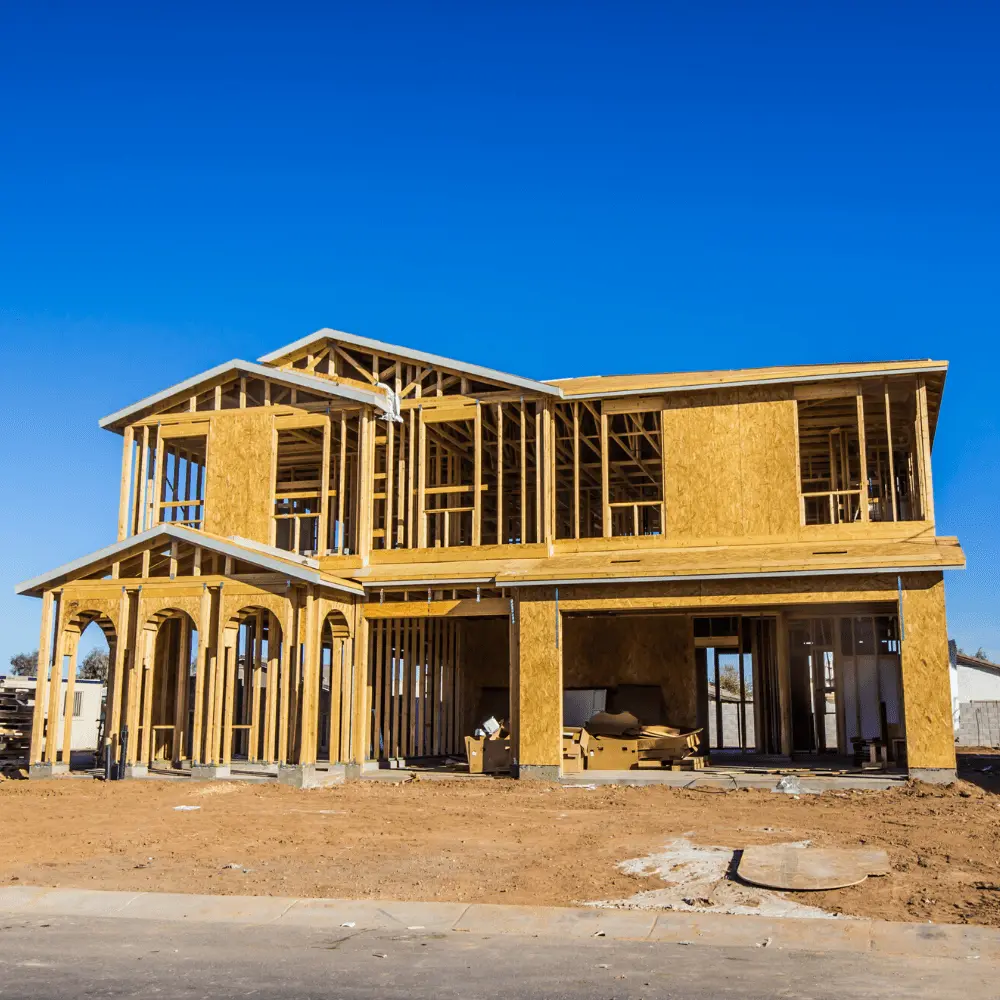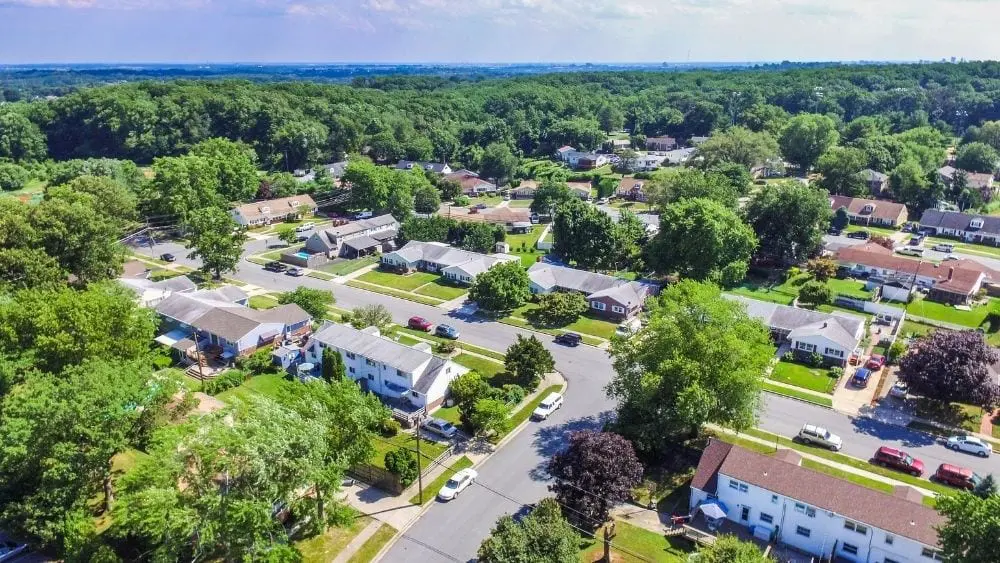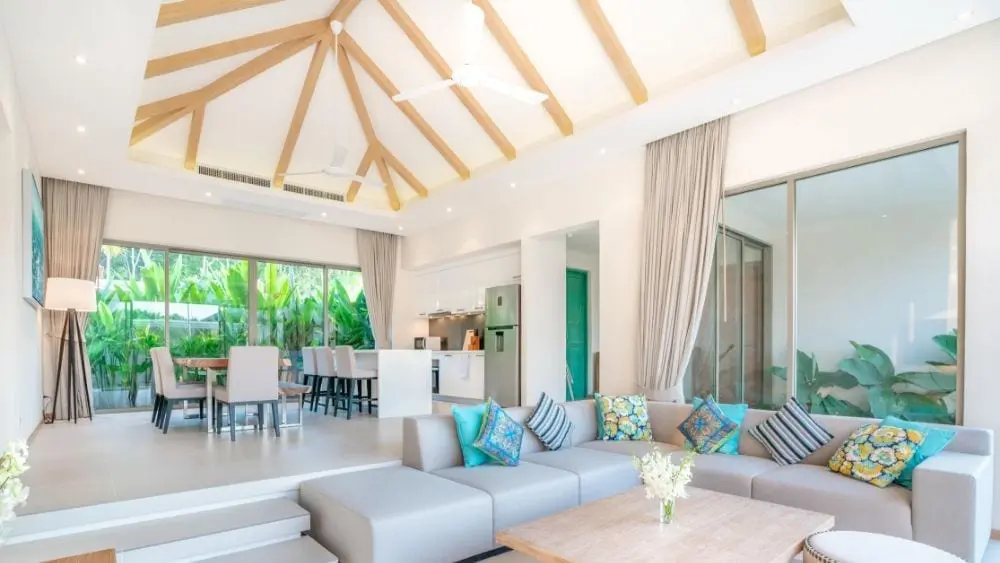
The shift to secondary cities – places like Charlotte, Atlanta, Orlando, Nashville, Phoenix, and San Antonio – started years before anyone had heard of COVID-19. Homebuyers were already looking for places where the cost of living was more affordable. Expensive coastal cities like New York and Los Angeles have been losing population to inland and southern cities. That trend sped up when offices closed, city amenities shut down, and suddenly urban and inner suburban homes seemed too expensive and unnecessary.
“More than 80% of people continue to move within their metro area,” says Frank Nothaft, chief economist of CoreLogic, a provider of financial, property, and consumer data analytics. “Another 15% to 20% moved outside of their metro area in the past year.”
According to Nothaft, the housing markets with the most gain are metro areas with lower density and areas of lower cost living, adjacent to high-cost markets. For example, Riverside, California, a city an hour east of Los Angeles, had the highest inbound migration in the country, with more than 29% of their new residents coming from Los Angeles, according to CoreLogic.
“Normally you can’t move to places in the Inland Empire and commute to Los Angeles every day, but the pandemic severed the need to be within commuting distance of your employer,” says Nothaft. “It gave people the flexibility to relocate to lower their cost of living.”
Migration Creates Delays in New Home Construction

New home construction demand has lagged for years, with a shortage of anywhere from one million to five million homes missing from the market, says Robert Dietz, chief economist of the National Association of Home Builders.
“When the pandemic hit, demand for housing shifted away from the inner suburbs and urban core to more distant suburbs and exurbs,” says Dietz. “The growth rate accelerated for single-family homes, townhouses, and apartments in the exurbs in 2020 and it continues today.”
Demand for new homes was already increasing before 2020, thanks to Millennials establishing their households, says Dietz. Then, demand for larger homes and homes in new geographic locations increased when companies sent their workers home because of the pandemic.
“Now there’s a race among communities to have the ability to add supply,” says Dietz. “We started to see strong growth in places that had been flat, like Columbus, Ohio, and Kansas City, that are suddenly appealing because of their affordability. Buyers can get a bigger house for their money in those markets.”
Before the pandemic, builders were challenged by the shortage of labor and lots, so this shift in buying choices created more supply shortages because of increased demand.
Due to this, Dietz says, “Buyers should expect construction to take longer than in the past, although we’re starting to see some of the supply situation unwinding.”
Homebuyers Seek Affordable Locations

A huge focus for homebuyers with the flexibility to move to a more affordable place is state income taxes, according to a CoreLogic study. Among the top 15 metro areas with the most in-migration in 2020, 10 were in states without state income taxes, like Florida and Texas, according to CoreLogic.
The flexibility that many employers offered during the height of the pandemic, and have continued to offer, has had a nice economic impact on some workers, says Dietz. In the future, he anticipates that about 30% to 40% of workers will have a hybrid workweek with some in-person and some remote days.
“If workers are commuting weekly rather than daily, that gives them additional geographic possibilities for their home,” says Dietz. “Buyers can get more space for the same amount of money if they move farther away from the central urban core.”
Nothaft points to a study by McKinsey early in 2021 that indicated that about 25% of occupations can be done partly or fully remote from an office.
“That indicates a more permanent shift in the workforce,” says Nothaft.
Buyers Want More Space

According to a homebuyer study in April 2021 by CoreLogic, for baby boomers, the top factor driving a home purchase is the desire for a new location. For Millennials and Generation Z, the need for more space is the top factor.
The use of homes as offices and classrooms drove the desire for more space, which in turn led more people to leave the expensive urban core areas, says Nothaft.
“The median size of homes rose in 2020 and we anticipate the preference for larger homes will continue to increase now that people are used to doing more things at home,” says Dietz. “Homes need to be a little larger to accommodate a home office or two home offices, exercise space, and the preference to cook and entertain more at home.”
CoreLogic’s analysis found that buyers want outdoor space in warmer locales for outdoor recreation purposes. Some states with these criteria include Florida, Colorado, Arizona, and Texas.
Top Home Markets

Homebuilders continue to increase the production of new homes in the last several years in a variety of locations, including Dallas, Houston, Austin, Atlanta, and Phoenix. Builders are also ramping up construction in Florida.
“There’s plenty of land and appetite for building in Texas, so as long as you can get the skilled labor for construction, we’ll continue to see those Texas cities leading in new home production,” says Dietz.
Even with new construction, builders can’t keep up with home demand in these popular markets like Texas, which means prices are increasing. For example, home prices were up 24% in Phoenix in 2020 compared to 2019, according to Nothaft.
Another area that continues to accelerate in growth is mountain states, says Dietz.
“The growth rate of new construction isn’t as big as Texas, but places like Boise and Montana and Colorado are experiencing an expansion of existing builders and new builders coming in,” says Dietz. “These markets are affordable, especially in contrast to the Pacific coast. A lot of young families are attracted to those mountain markets.”
A third area that experienced growth in new home construction in 2020 is the Midwest, says Dietz, which he sees as a definite “Covid pivot.” Two markets with the highest price appreciation in 2020 include Coeur D’Alene, Idaho, followed by Boise, Idaho, according to CoreLogic.
“A lot of metro areas a few hours north or south of 1-70 in the Midwest, like Kansas City, St. Louis, Indianapolis, and Columbus, are among the most affordable areas in the country and are attractive to builders,” says Dietz. “It’s part of this re-sorting of households and Midwestern momentum which is creating a lot of excitement and is a net positive development for the U.S. economy.”
Homebuyers with the flexibility to choose a new geographic location are likely to find more opportunities for a newly built home in these hot housing markets. It’s a win-win for buyers to buy newly built homes in an affordable market.

Michele Lerner is an award-winning freelance writer, editor and author who has been writing about real estate, personal finance and business topics for more than two decades.
 The Best Wine Fridges and Coolers to Buy
The Best Wine Fridges and Coolers to Buy